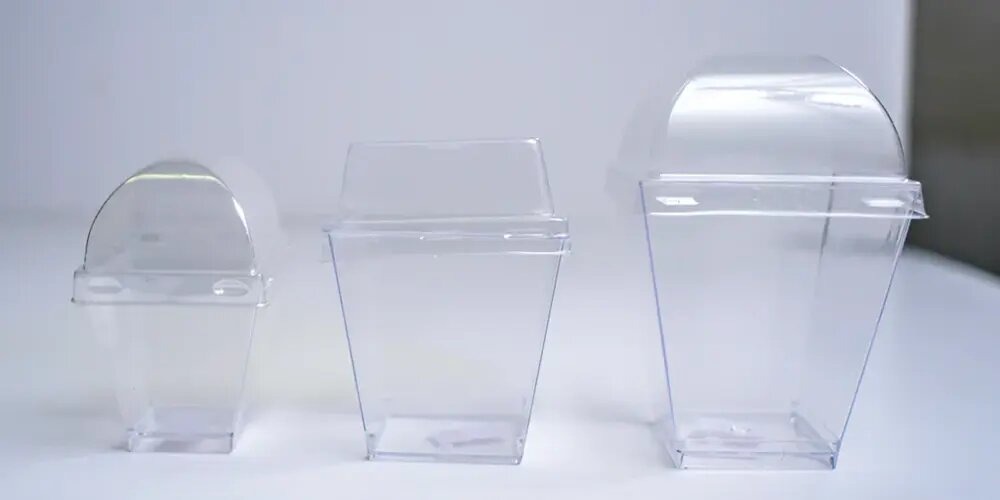All dessert cups with lids can serve various functions and are available in a dizzying array of materials, shapes, sizes, and colors.
Types of Cups
Biodegradable Cups
A product is said to be biodegradable if it can be broken down organically by organisms, such as bacteria or fungus, and then taken up by the environment once again. Because most of their components exist in nature, these items are sometimes referred to as green or environmentally products because their composition is predominately natural.
Compostable Cups
Compostable Things are said to be compostable if they can be included in a mixture of decomposing biodegradable materials and finally transform into a substance abundant in nutrients. Because compostable items disintegrate and deteriorate at the same pace as paper but do not release harmful pollutants, your commercial enterprise may choose to use them as a green alternative.
Degradable Cups
Degradable products are oil-based and therefore do not break down naturally in the environment in the same way as biodegradable things may. Instead, biodegradable substances are broken down into component parts by chemical processes that occur in oxygen-free settings. Due to their breakdown, water, dioxide, biomass, and various trace elements are produced.
Recycled From Post-Consumer Goods
The term “post-consumer recycled content” refers to material that has been utilized and thrown away by the customer and subsequently rescued and transformed into an entirely new product. After the initial product has served its purpose as a consumer good for its entire intended lifespan, it is collected for recycling and transformed into another item, such as a plastic or paper cup.
Recyclable Cups
The term “recyclable” refers to the capability of a product to be repurposed and transformed into a different or brand-new item. The universal recycling emblem or symbol should be displayed on the packaging of recyclable items so that consumers can easily recognize them. There are seven different resin identification numbers, which can also be located on the packaging made of recyclable plastic. These are codes, and they each specify a different kind of plastic used for the packaging. After that, the codes are compared to those your local government or municipality makes accessible for recycling.
Disposable Cup Materials
PET Materials
The abbreviation for polyethene terephthalate is “PET.” It belongs to the family of polyesters and is utilized in the production of synthetic fibers in addition to containers for food and drink. The products that are manufactured using PET are not only lightweight but are also very effective at blocking gases, acids, and humidity. In addition to that, they are sturdy and resistant to impacts. Recycling is an option for products produced from PET as well.
Poly-Coated Materials
When referring to a substance coated in polyethene, it is common to practice using the phrase “poly-coated.” Materials that have been poly-coated are more durable, smooth, and resistant to moisture than materials that have not been poly-coated. Poly-coated materials normally consist of either a single layer or a double polypropylene coating, depending on the type and durability sought.
Wax-Coated Materials
Items that have been wax-coated have a coating that prevents leaks and provides additional strength and sturdiness, similar to the benefits of poly-coated products. These goods are frequently coated with wax on both sides and function very well in cold-weather applications.
